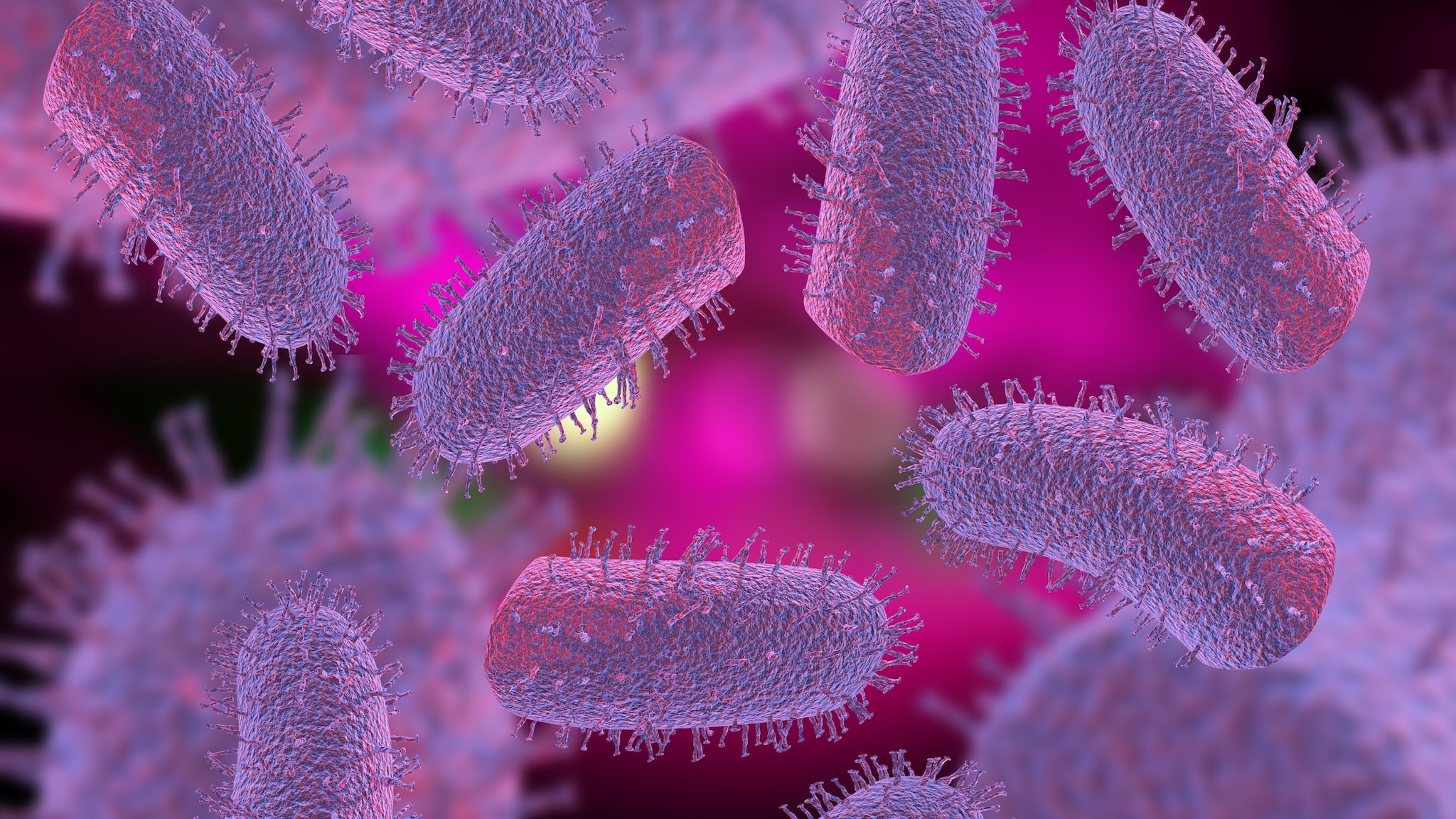Key points
- Rabies is fatal if it's untreated before symptoms start.
- Rabies spreads to people and animals through bites or scratches from infected mammals.
- Patients who encountered an animal that could have rabies should be assessed by public health professionals.
- Clinicians who suspect a patient has rabies should consult with their health department to determine if diagnostic testing is needed.

Overview
Rabies, caused by rabies virus, is fatal but preventable. The virus can spread to people and animals through the bites and scratches of an infected mammal. Rabies can cause severe disease and death if patients don't receive appropriate and urgent post-exposure prophylaxis (PEP) after a rabies exposure and before symptoms start.
Thanks to rabies control programs and PEP, rabies is rare in people in the United States, with less than 10 cases reported annually. However, about 100,000 Americans receive PEP following an exposure each year.
Exposure risks
In the U.S., rabies is mostly found in wild animals like bats, raccoons, skunks, and foxes. But in many other countries, dogs are still the main carriers of rabies.
Rabies virus can be transmitted through direct contact between broken skin or mucus membranes and infectious tissue or fluids, including saliva. However, there have been no confirmed instances of human-to-human transmission of rabies virus aside from those attributable to organ and tissue transplantation. Rabies virus is not transmitted through contaminated objects or materials such as clothes or bedding.
Healthcare workers providing care to patients with suspected or confirmed rabies should protect themselves by using standard precautions. Healthcare workers caring for patients with rabies do not pose a risk to their families or community.
Assessing a patient for suspected rabies exposure
A risk assessment should always be conducted by a health official familiar with rabies. If you need assistance in conducting a rabies risk assessment, contact your state or local health department.
Most rabies exposures require medical attention quickly, but they do not require an immediate trip to the emergency room unless the wound needs immediate medical attention. A patient should be immediately assessed for rabies-related care in the following cases:
- They had direct contact with bats unless a bite or scratch can be definitively ruled out.
- They had exposure to certain high-risk animals, which typically include bats, raccoons, skunks, foxes, and mongoose.
- They had severe exposures, such as multiple bite wounds or exposures to the head and neck.
- They are a young child.
Signs and symptoms
After a rabies exposure, the rabies virus must travel to the brain before it can cause symptoms. This time between exposure and the appearance of symptoms is the incubation period, and it may last for weeks to months.
The first symptoms of rabies may be like the flu, including weakness or discomfort, fever, or headache. There also may be discomfort, prickling, or an itching sensation at the site of the bite. These symptoms may last for several days. Usually, severe disease appears within two weeks of the first symptoms, when the rabies virus causes brain dysfunction. Common signs include anxiety, confusion, agitation, and hallucinations.
Treatment
For people who have never had a rabies vaccine, rabies post-exposure prophylaxis (PEP) consists of wound washing, a dose of human rabies immune globulin (HRIG), and a rabies vaccine given at the time of the first medical visit.
If a patient is symptomatic and diagnostic testing confirms rabies, the disease is nearly always fatal, and treatment is typically supportive.
- Vora NM, Basavaraju SV, Feldman KA, et al. Raccoon Rabies Virus Variant Transmission Through Solid Organ Transplantation. JAMA. 2013;310(4):398–407.external icon
- Srinivasan A, Burton EC, Kuehnert MJ, et al. Transmission of rabies virus from an organ donor to four transplant recipients. N Engl J Med. 2005;352(11):1103-1111. external icon
- Human Rabies — Utah, 2018 | MMWR (cdc.gov)
- Evaluation of Online Risk Assessment To Identify Rabies Exposures Among Health Care Workers — Utah, 2019 | MMWR (cdc.gov)
- Human Rabies — Texas, 2021 - PMC (nih.gov)
